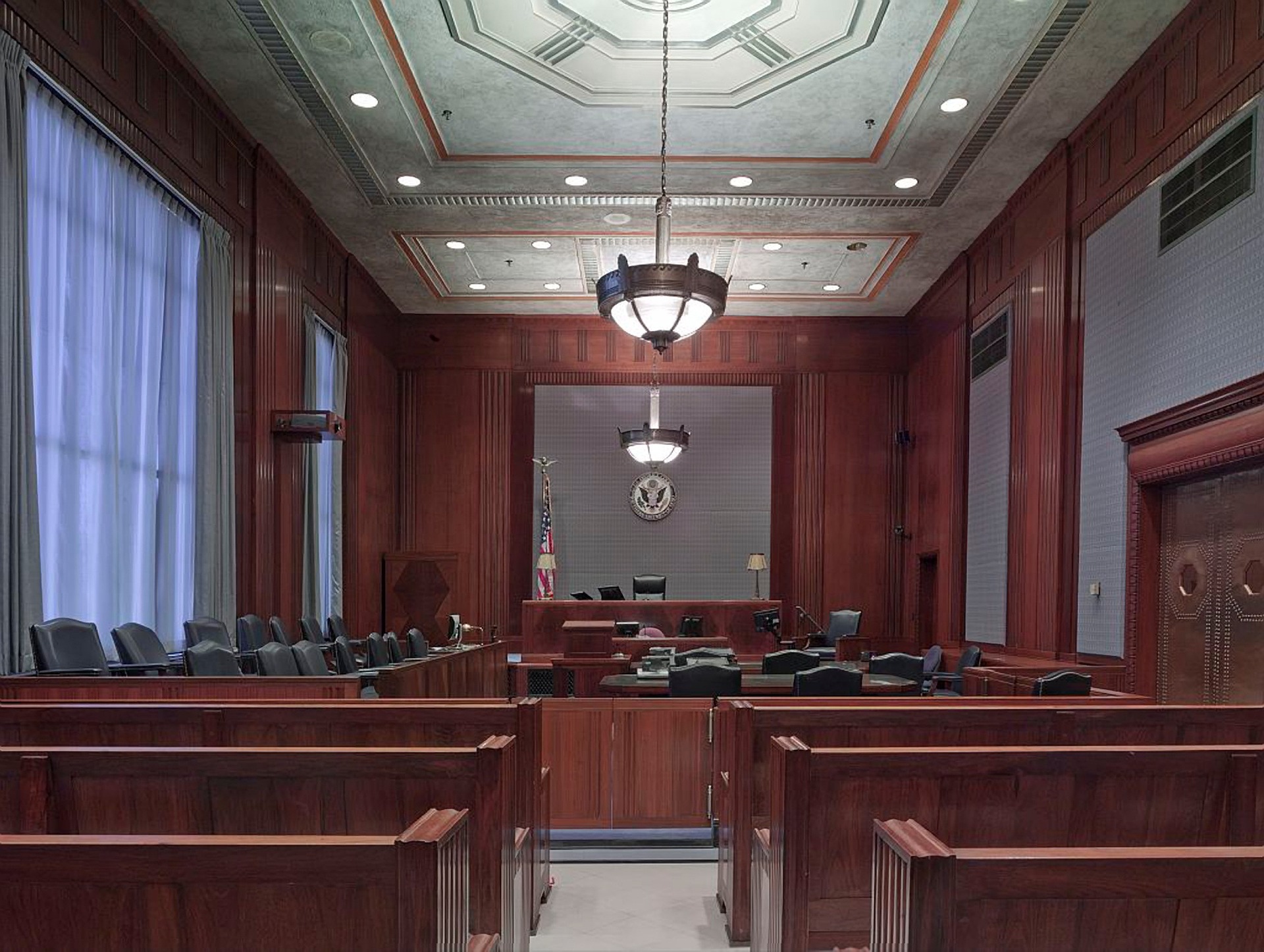Supreme Court Expansion: A Trending Discourse in American Politics
The Supreme Court, the highest judicial body in the United States, is now at the center of a rapidly growing political discourse. Proposals to expand its bench are gaining traction, provoking a debate that questions the very bedrock of the American judicial system. This article explores the implications, feasibility, and potential consequences of such an expansion.

Historical Overview and Current Structure
The Supreme Court, established in 1789, was initially composed of six justices. Its composition has changed six times since its inception, settling at nine justices since 1869. Currently, the court comprises a Chief Justice and eight Associate Justices, nominated by the President and confirmed by the Senate. The justices serve for life or until voluntary retirement.
Calls for Expansion: The Motivation
The principal argument for increasing the number of justices on the bench is to balance its perceived ideological tilt. Critics argue that the court’s current composition leans conservative, creating a potential bias in its rulings. They believe that adding more justices would restore a balanced perspective, making the court more representative of the nation’s diverse ideologies.
Feasibility and Legalities
Legally, changing the court’s size does not need a constitutional amendment. Congress can adjust it through legislation, as long as the law is signed by the president. However, the proposal’s political feasibility is a different matter entirely. It would require considerable political capital and bipartisan support, which is currently lacking.
Potential Consequences
A Supreme Court expansion could set a precedent for future administrations to adjust the court’s size to serve their political interests. This could lead to a tit-for-tat cycle, potentially destabilizing the court and undermining its credibility. Moreover, an enlarged bench could slow down the court’s decision-making process, delaying justice.
The Ongoing Debate
The discourse around Supreme Court expansion is far from settled. While some see it as a necessary corrective measure, others warn of its potential to politicize the court further. The debate underscores the broader issue of judicial reform and the need for a more comprehensive approach to address perceived imbalances in the judicial system.
- The Supreme Court initially had six justices. The number changed six times before settling at nine in 1869.
- Changing the size of the Supreme Court does not require a constitutional amendment; it can be changed by an act of Congress signed into law by the president.
- Critics argue that expanding the Supreme Court could set a precedent for future administrations to manipulate the court’s size for their political advantage.
In conclusion, the proposal to expand the Supreme Court underscores a growing concern about the court’s perceived ideological tilt. While the idea appears legally feasible, its political implementation presents significant challenges. As the discourse continues, it’s crucial to consider the potential consequences and the broader implications for judicial reform in the United States.




